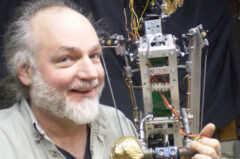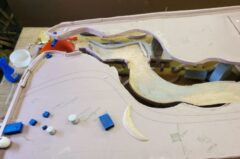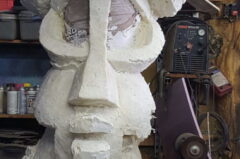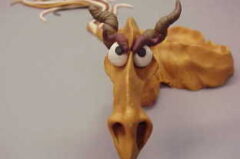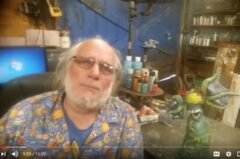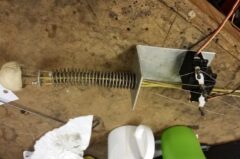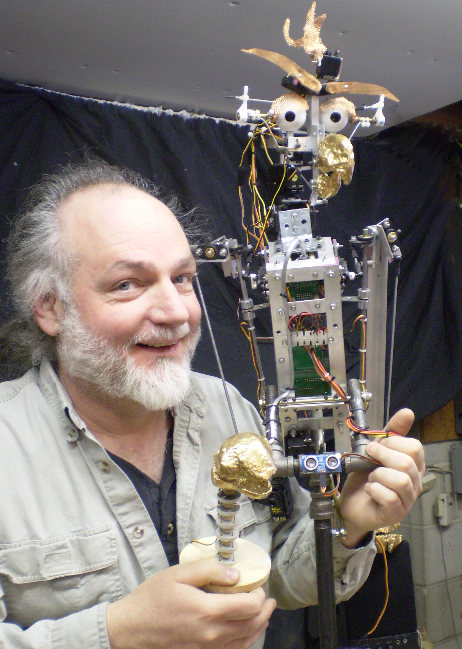
David DeMattia’s Patents
David DeMattia’s Patents One of the goals when I moved to Minnesota to work for Ecolab was to get a patent. They are a very Patent driven company and rely on people coming up with new products, systems and equipment. Below are the Patents I received for developing or helped to developed various systems.
Light extinction based non-destructive flying insect detector – United States Patent 7,071,829
Here is an excerpt of the description from the Patent: A non-destructive flying insect detector is disclosed. The detector creates a sheet or curtain of light comprising a sensing zone and detects, by means of light extinction, individual flying insects that intersect the sensing zone. The sensing zone is created by a beam of light that enters the sensing zone area and is then bounced between opposing reflective surfaces. Preferably a laser is utilized to generate the beam of light. The beam of light leaves the sensing zone area and is incident on a light detection device (such as a photo cell) connected to an amplifier circuit. The light detection device monitors the light intensity and is arranged and configured to detect changes in the light intensity. The changes are electronically converted to a pest detection signal and/or to a flying insect count.
Smart rack and machine system – United States Patent 6,463,940
This was a really cool project and was my introduction to RFID technology.
Here is an excerpt of the description from the Patent: A method and system provide an automated cleaning apparatus for cleaning various types of articles, wherein each type of article is detected and washed according to its own pre-determined combination. The cleaning apparatus has a
storage device storing an array of pre-determined chemical combinations and cleaning parameters, including specifying cleaning chemicals to be used on the various identified article types. A transponder is provided with identifying information of the article type. A transceiver detects the type of article from the transponder and communicates that identifying information to a processor. Based on the detected identifier, the processor selects from the storage device the proper chemical combination and cleaning parameters for washing the identified type of article. A control device coupled to the processor delivers the chemicals specified by the selected chemical combination. Finally, a cleaning subsystem coupled to the processor cleans the articles using the delivered chemicals and other specified parameters.
Have a QUESTION? Email:
askdavid@sleepingdragonstudios.com
For more information, visit:
www.sleepingdragonstudios.com
LIKE us on Facebook:
https://www.facebook.com/sleepingdragonstudios/
Music provided by:
Music: http://www.bensound.com/royalty-free-music

